Is fibreglass the same as FRP?
Feb. 07, 2024
Fiberglass and FRP (Fiber Reinforced Plastic) are terms often used interchangeably, leading to confusion about whether they refer to the same material.
1. Understanding Fiberglass:
Definition:
Fiberglass is a composite material made from fine glass fibers bonded together using a resin or polymer matrix.
Composition:
Glass fibers: Fiberglass typically consists of thin glass fibers, commonly made from silica-based materials.
Resin matrix: These fibers are embedded in a resin matrix, which provides strength, stiffness, and shape to the composite.
Manufacturing Process:
Fiberglass is produced through a process called pultrusion or molding, where the glass fibers are saturated with resin and then cured to form the desired shape.
2. Exploring FRP:
Definition:
FRP, or Fiber Reinforced Plastic, refers to a broader category of composite materials that incorporate fibers, such as fiberglass, embedded in a plastic matrix.
Composition:
Fibers: FRP can utilize various types of fibers, including fiberglass, carbon fiber, or aramid fiber, depending on the application requirements.
Plastic matrix: The fibers are combined with a plastic resin matrix, such as polyester, epoxy, or vinyl ester, to form the composite material.
Manufacturing Process:
Additional reading:Enhancing Furniture with ABS Edge Bands: A Comprehensive Guide
Is Jushi Fiberglass Chopped Strand Mat Sustainable?
Are PE Tarpaulins with Buckles Worth Buying?
Metal Flex Corner Tapes: Revolutionizing Home Renovations?
10 Ways to Transform Your Fire Escape Cloak
Survival Tips: How to Use Fire Escape Cloak?
Why You Should Consider the Advantages of Utilizing Strong Threaded Reinforcing Steel MeshThe manufacturing process for FRP involves impregnating the fibers with the resin matrix, followed by curing to create a strong and durable composite.
3. Comparing Fiberglass and FRP:
Similarities:
Both fiberglass and FRP are composite materials composed of fibers embedded in a resin matrix.
They offer high strength-to-weight ratios, corrosion resistance, and design flexibility.
Fiberglass is commonly used as a reinforcement material in FRP composites.
Differences:
Fiberglass specifically refers to glass fibers embedded in a resin matrix, while FRP encompasses a broader range of fiber-reinforced plastics.
FRP can utilize various types of fibers, including fiberglass, whereas fiberglass exclusively uses glass fibers.
The term "FRP" is more inclusive and versatile, encompassing a wider range of composite materials beyond fiberglass.
4. Applications:
Fiberglass:
Fiberglass finds applications in industries such as construction, marine, automotive, and aerospace for components requiring lightweight, durable, and corrosion-resistant materials.
FRP:
FRP materials are widely used in a diverse range of applications, including structural components, piping systems, chemical tanks, automotive parts, and consumer goods.
5. Conclusion:
In summary, fiberglass is a specific type of fiber used in the production of FRP composites, which are a broader category of fiber-reinforced plastics. While fiberglass refers specifically to glass fibers embedded in a resin matrix, FRP encompasses a wider range of composite materials utilizing different types of fibers. Understanding the distinction between fiberglass and FRP is essential for selecting the most suitable material for specific applications, ensuring optimal performance and durability in various industries.
Additional reading:Revolutionizing Construction: Threaded Reinforcing Steel Mesh - Are they worth the investment?
Stainless Steel Wall Mount Ceiling Mount Pipe Supports ...
10 Questions You Should Know about PVC Coated Fiberglass Cloth
How to Choose Silicone Coated Fiberglass Fabric? A Comprehensive Guide
Transforming Your Home with FEVE Coated Aluminum:"Is this the ultimate solution for home design?
Exploring the Benefits of Using PVDF Color Aluminum Coil For Refrigerator Lining Plate
What is the Advantage and Disadvantage of Color Aluminum Coil For Embossing Materials
139
0
0
Related Articles
-
209
0
0




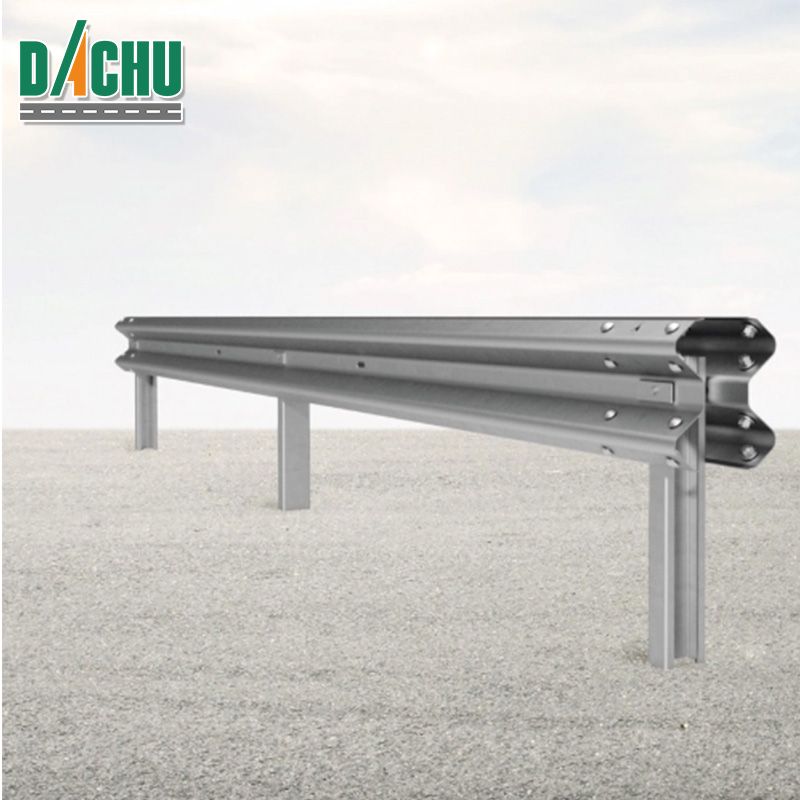
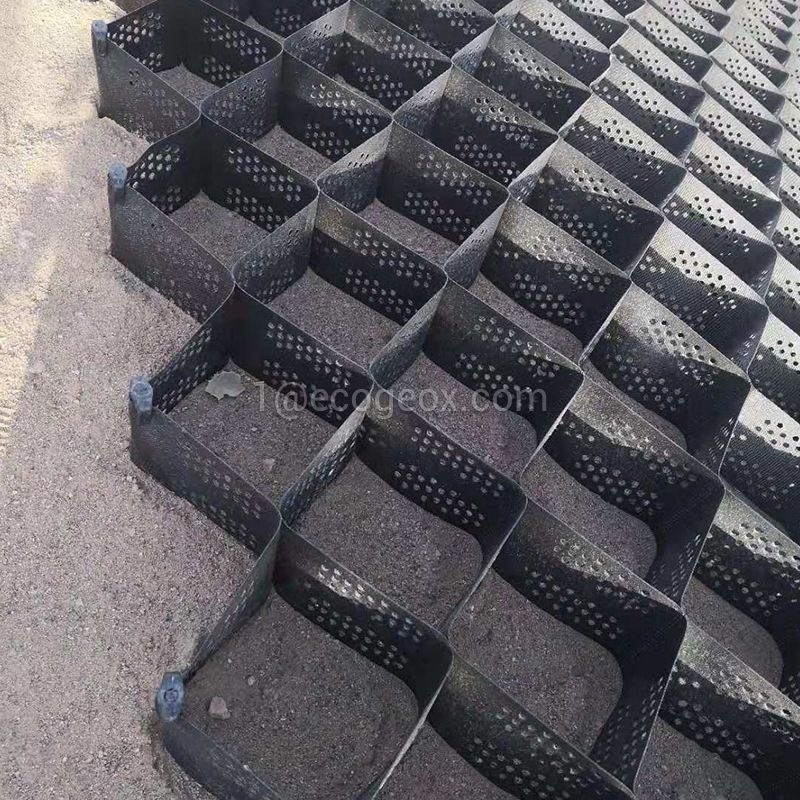
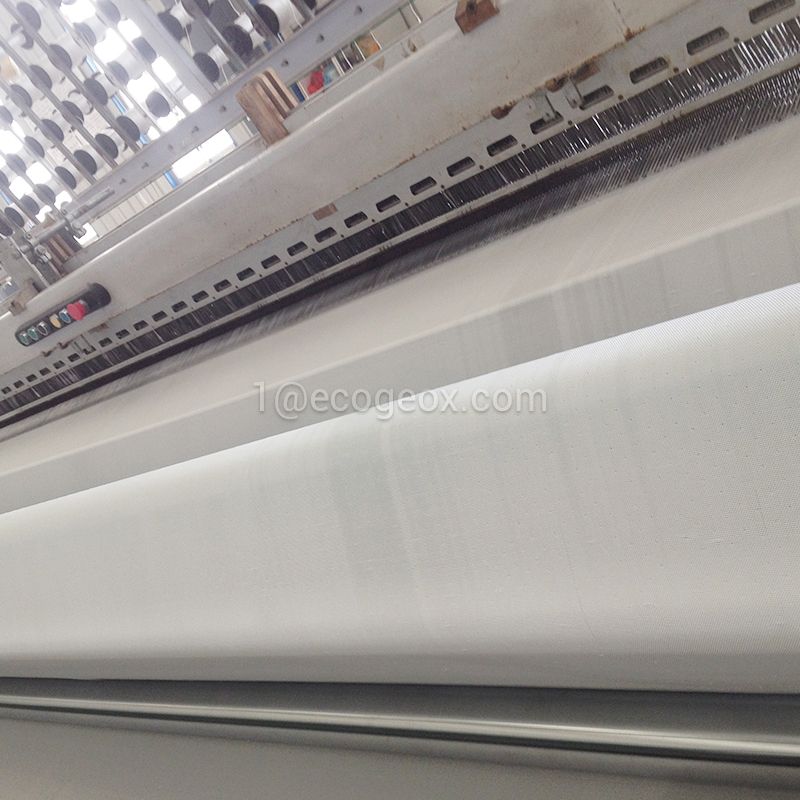
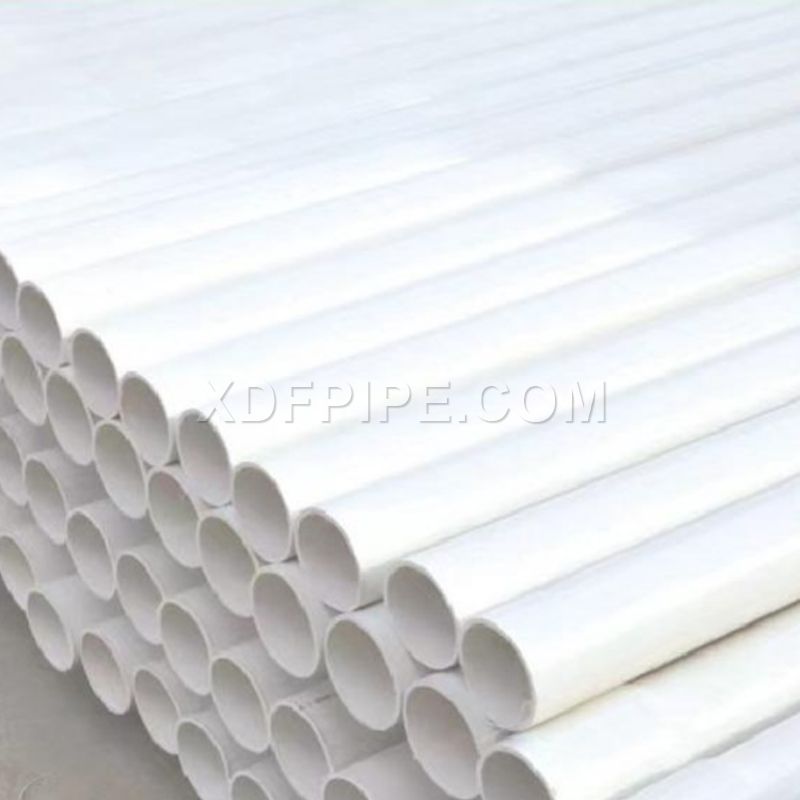
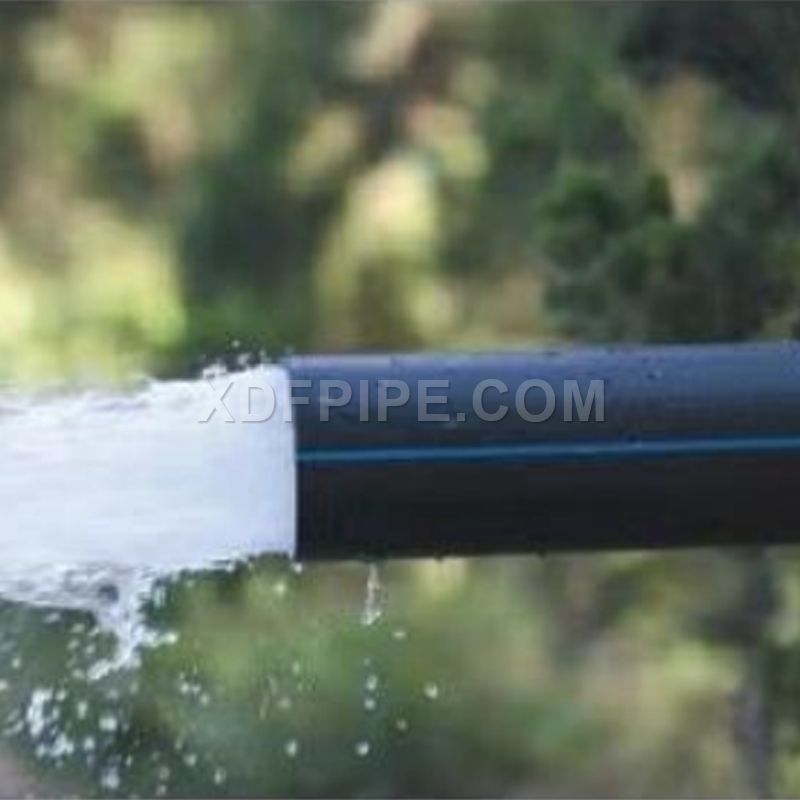
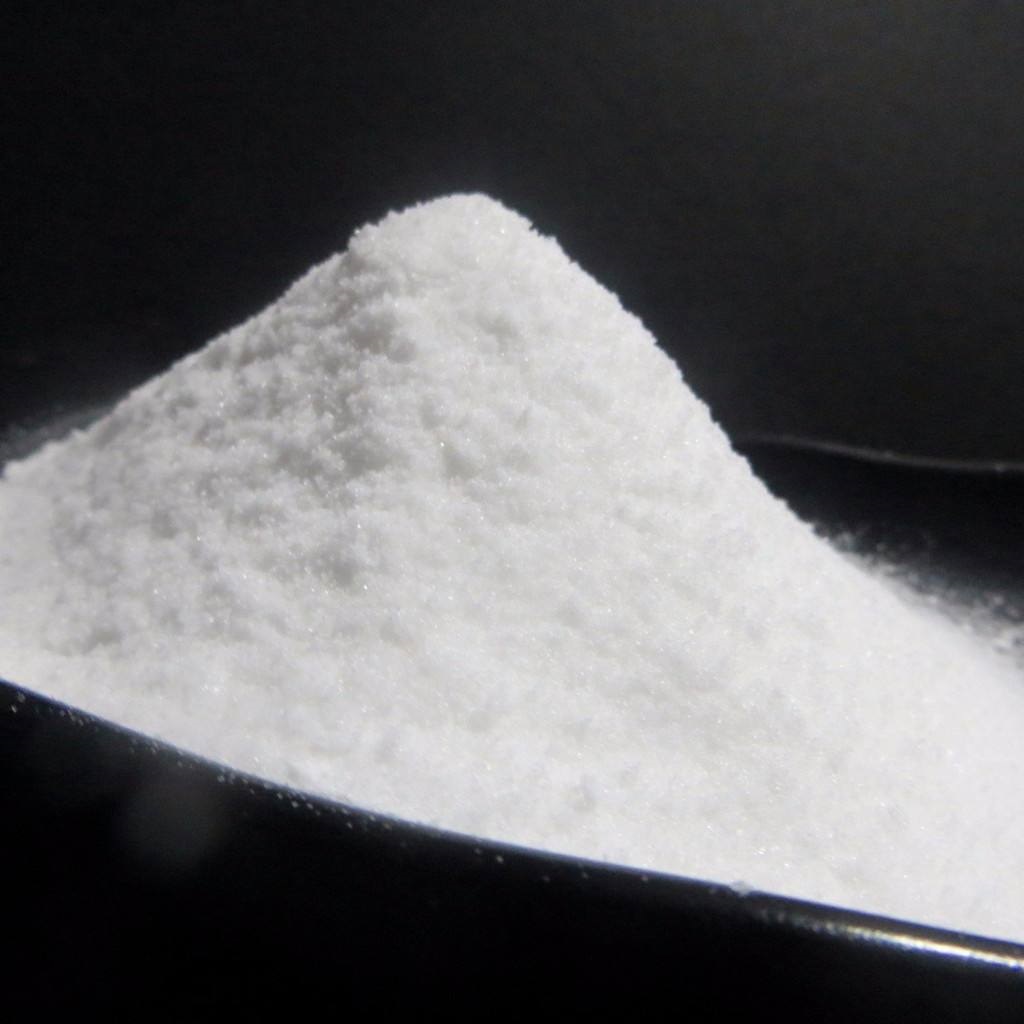
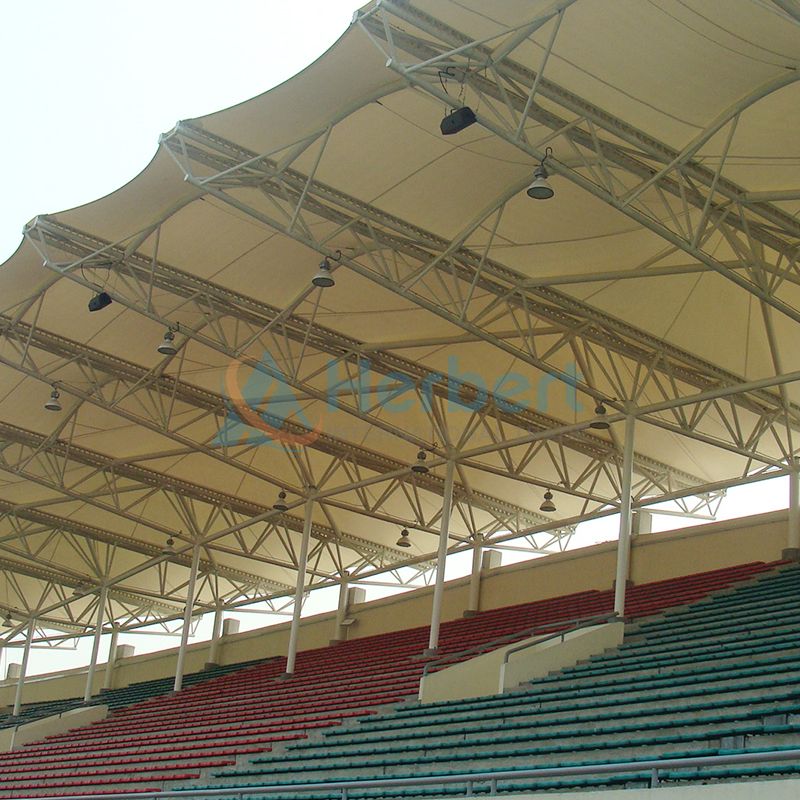
Comments
All Comments (0)